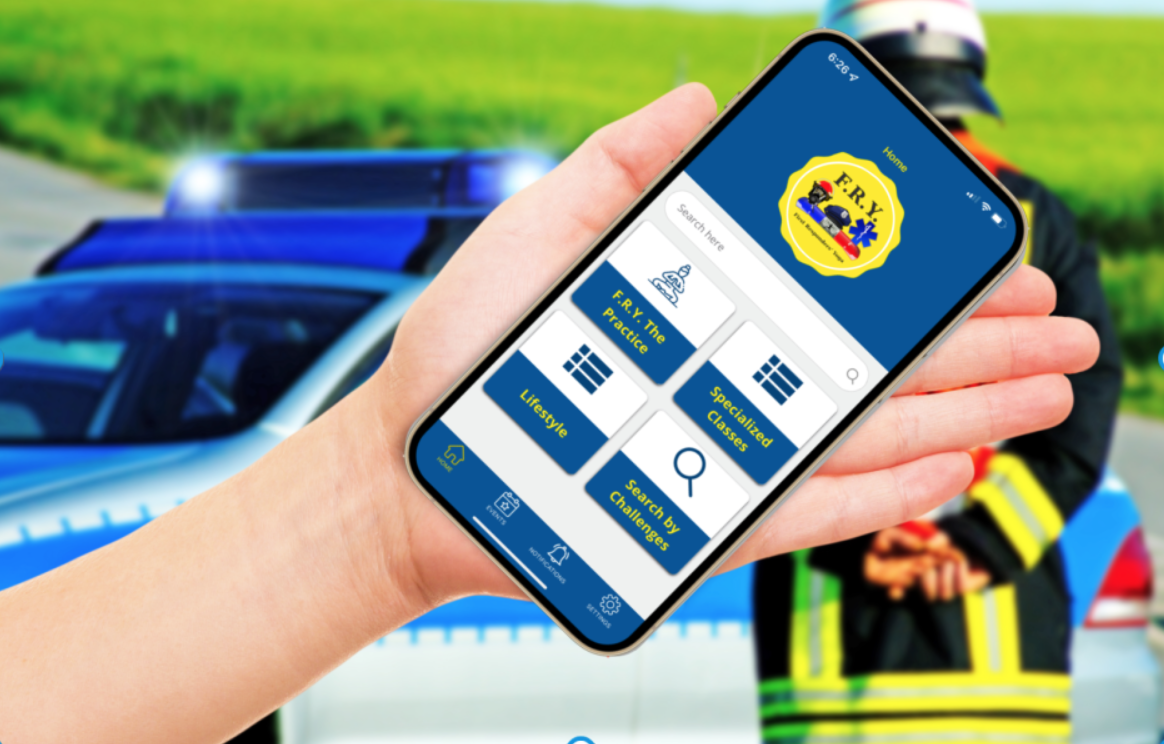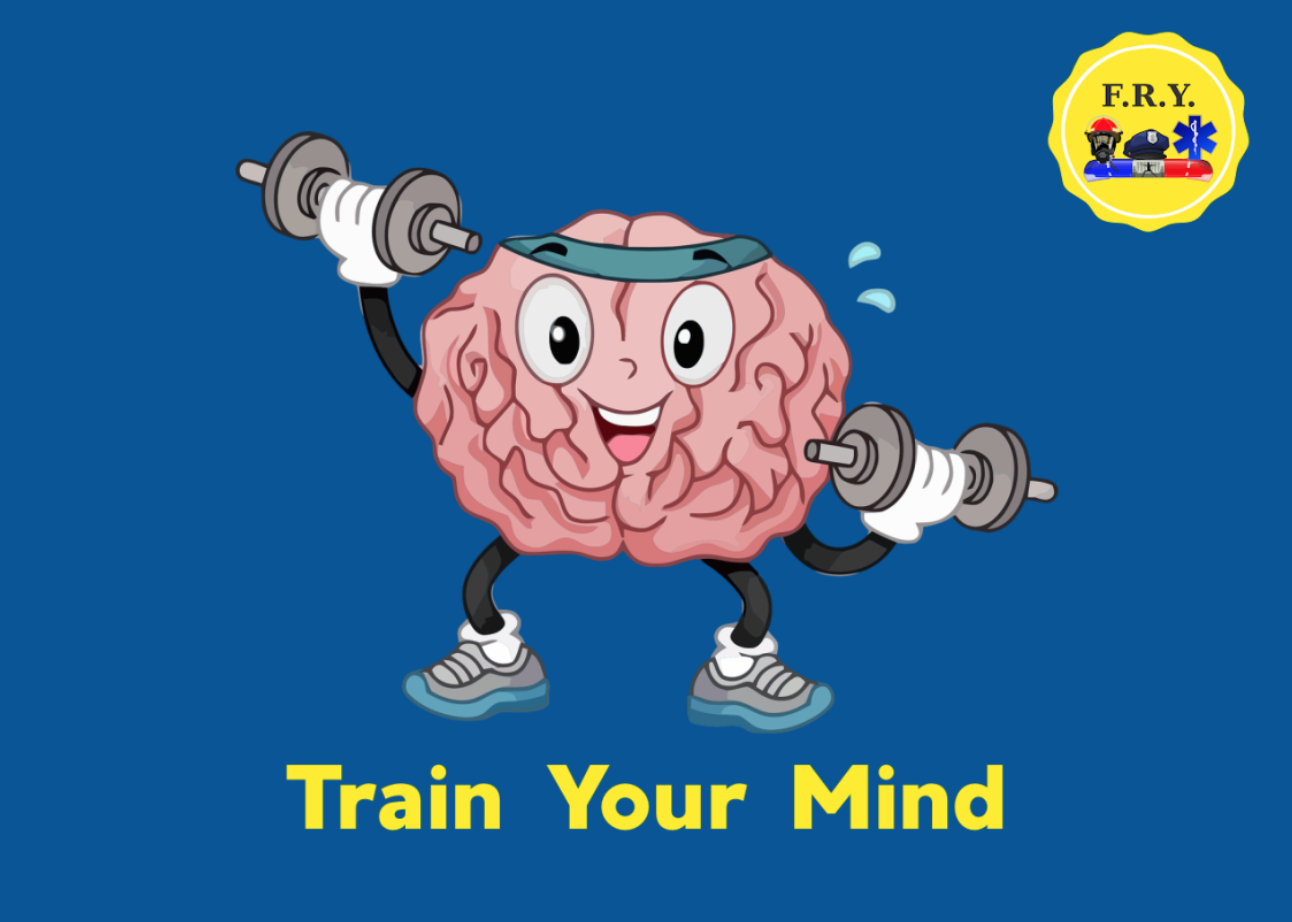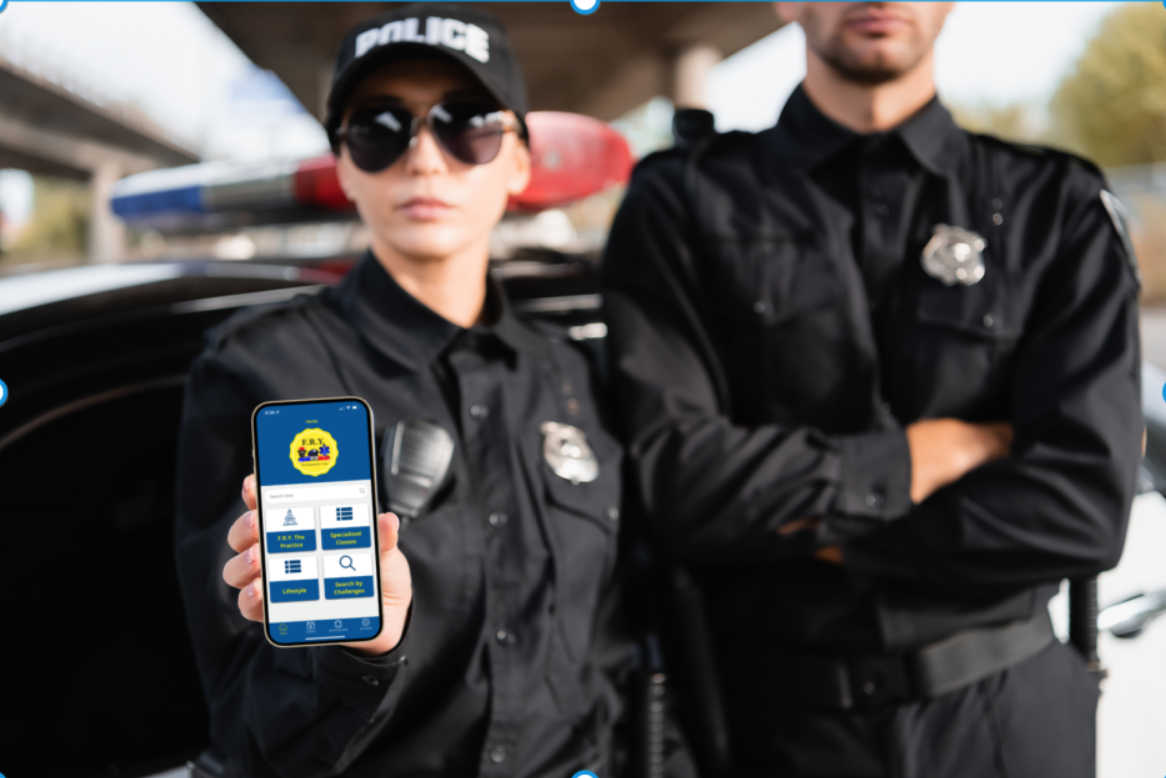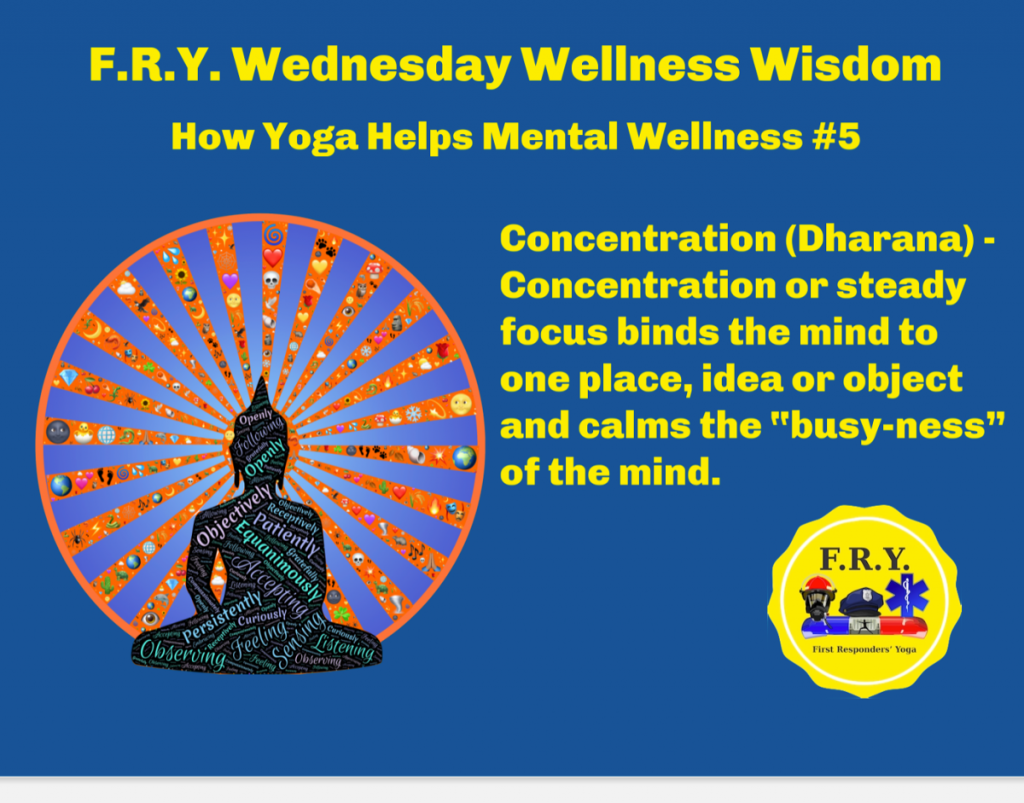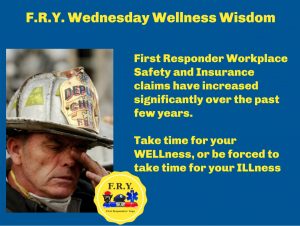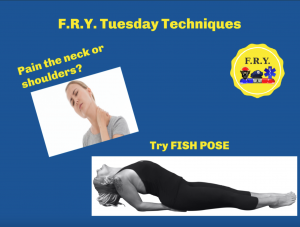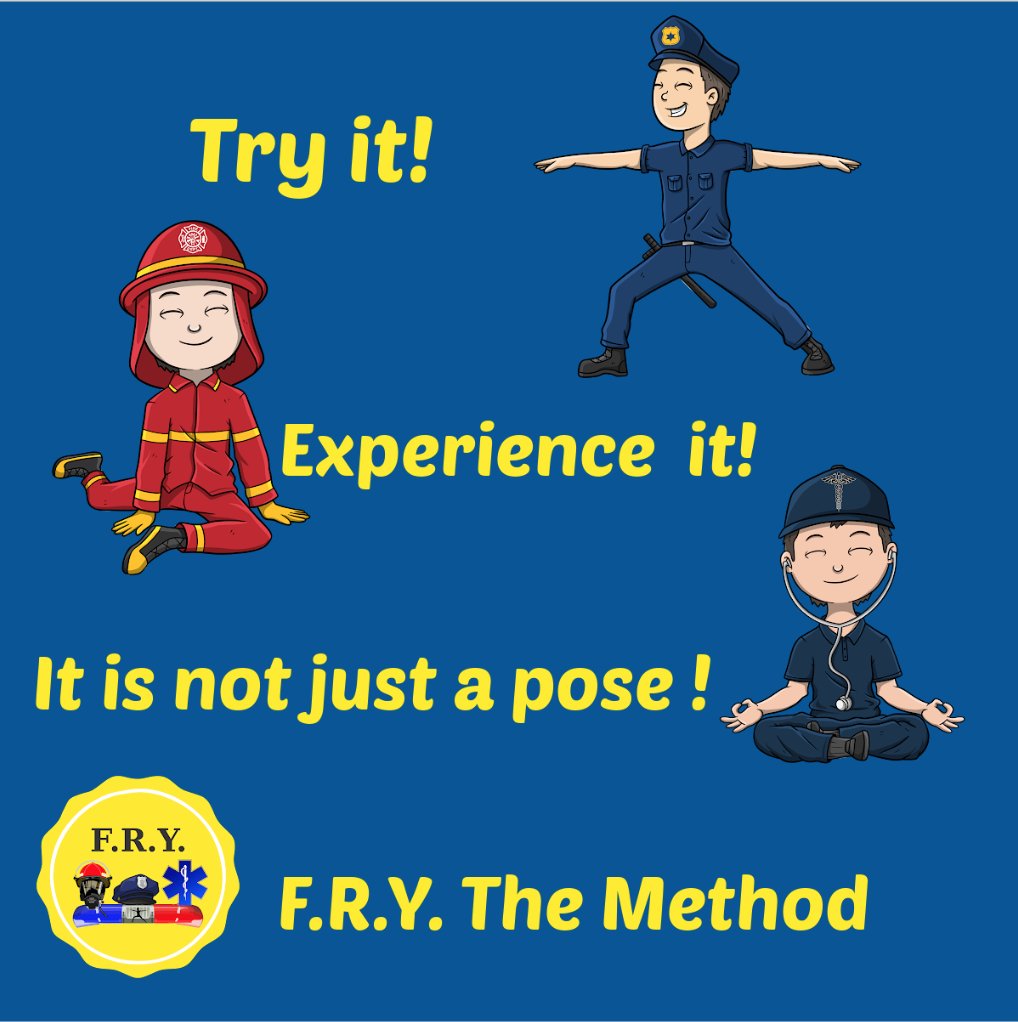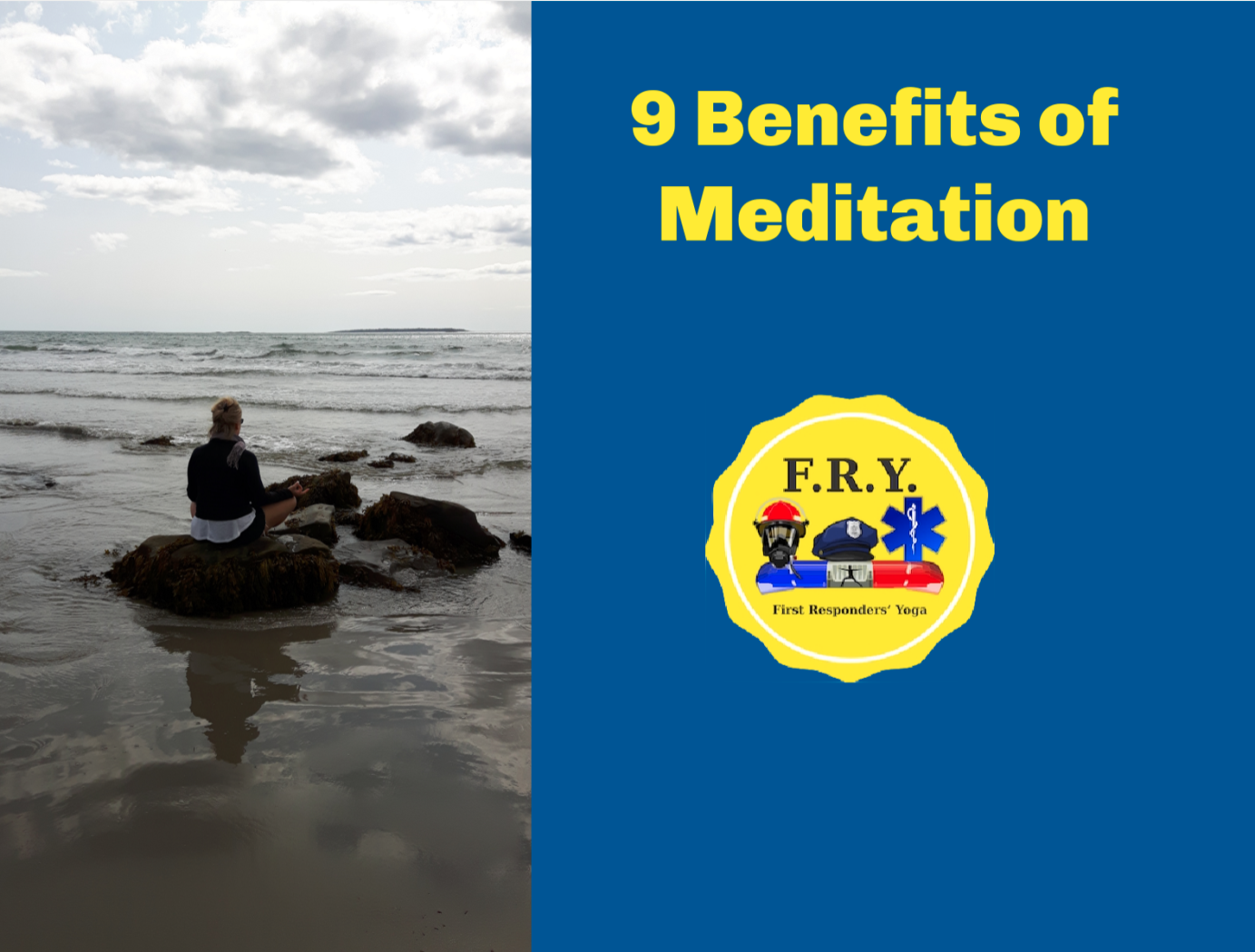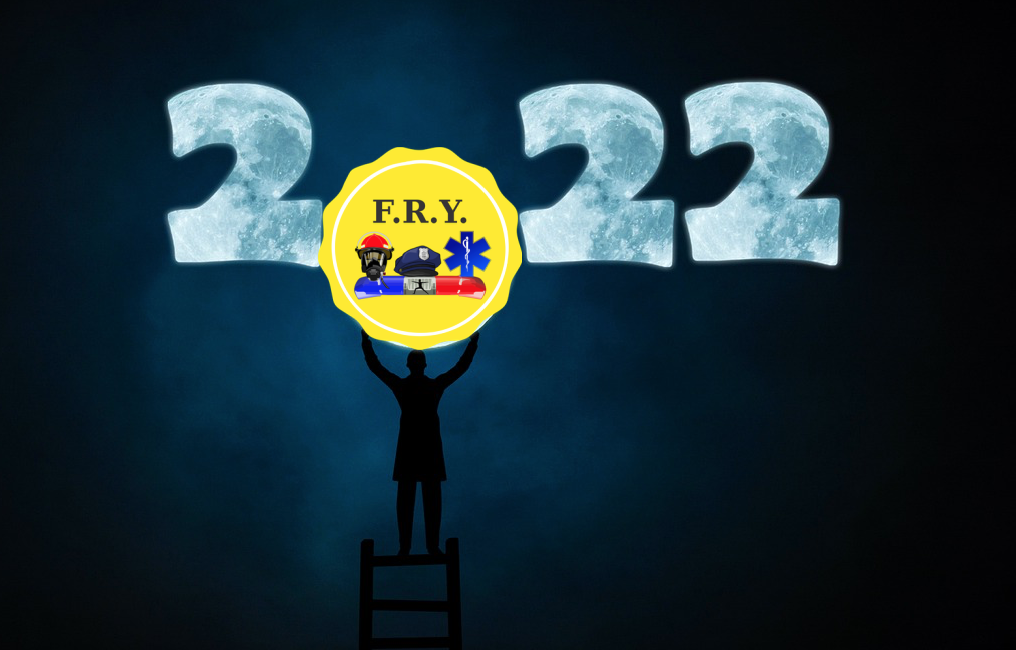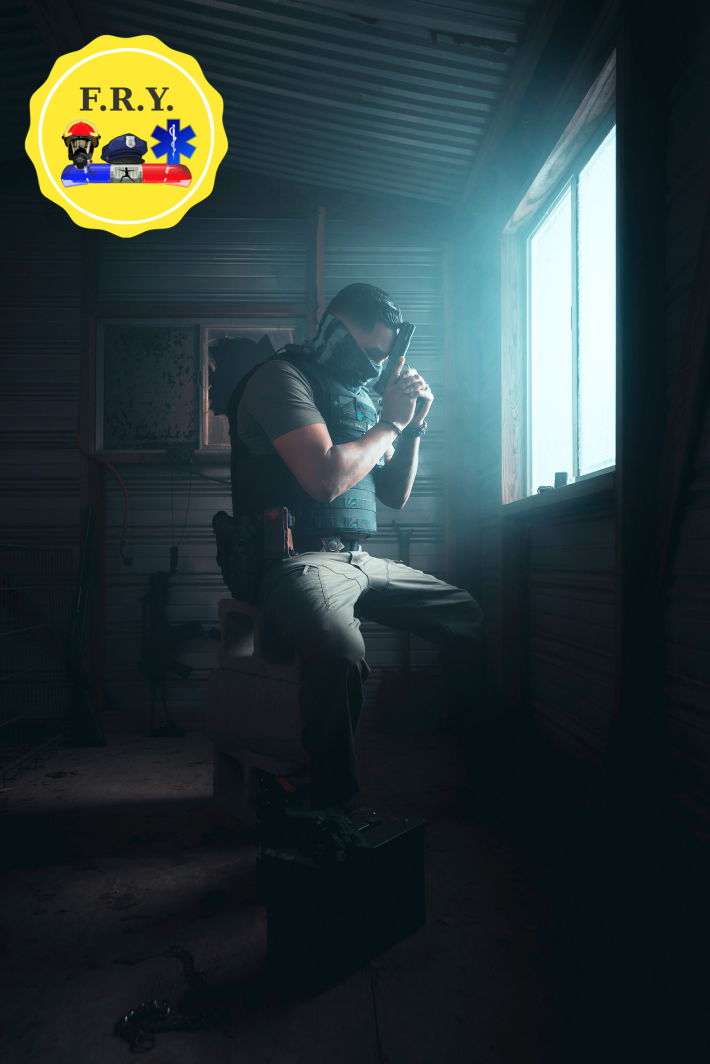We all experience Panic Attacks
Today I want to talk about panic attacks in First Responders. I am speaking from my experience as a former Police Detective and Chief. Every one of us in our lives experiences a moment of anxiety, a moment when you desperately want to run away from something or fight it off. Sometimes we do not know the true cause of our panic, but it manifests and it presents in different way
Every one of us at a certain point have tried different ways to deal with anxiety. These include: training, listening to music, doing something to run away from that feeling, to dampen that feeling. Nothing seems to work as it is the aversion toward that feeling of anxiety that makes the same anxiety bigger and stronger.
Panic attacks in First Responders
In my past I have participated in different retreats in different retreat centers. I hoped that a structured environment could help me learn how to meditate and release that tension in my mind and so in my body. Most of the time my mind was all over the place even during the formal meditations. Why? I was fighting the unpleasurable. When you fight the moment you are at you create more stress and anxiety within you
The moment I realize that learning how to live with your “weakness” and welcome it whatever it is, that feeling becomes an asset. It transforms
When you acknowledge and “welcome” your feelings of discomfort, they become suspended in awareness. They are still there but beneath them there is this field of awareness that is holding them. The first step to take to break the cycle of anxiety and noisiness of the mind is to become aware of it.
How to break the cycle of anxiety with the breath
There are different ways to achieve this. One is the basic awareness of the breath when you meditate but also when you are out of your formal practice. Be aware of your breathing pattern without the intention of becoming a good breather. Observe your inhalation and exhalation, without trying to change it.
First Responders you can break the cycle of anxiety and the lessen the effect of a panic attacks with breath anytime and everywhere, without explaining to the people around you what you are doing.
How to break the cycle of anxiety with meditation
You can use an open monitoring meditation and be focused on the sounds that are present around you. And you step back from labeling the sound as pleasant and unpleasant. You just bring your awareness to them, noticing how fleeting they are: they arise, remain for a moment, and then disappear
When images, thoughts, or emotions catch the attention of the mind, instead of fighting them you allow them to be part of your experience. You allow them to be present in awareness along with the sounds without clinging or rejecting them; not reacting to them.
There is no need to focus on a particular sound. Simply know that you are hearing sounds, noticing how the awareness can accommodate any sound, without you having to do anything.
The benefits of Meditation for First Responders is a topic well explained by Khube Rinpoce in our Videos tab. It is a beautiful tool you have to manage panic attacks and if you are interested to learn more you can read the study about the “Effectiveness of a meditation-based stress reduction program in the treatment of anxiety disorders“
How to break the cycle of anxiety with mind-set
Another way is “shifting the thinking pattern”. Normally an anxious mind focuses on the negative and magnifies it. You can shift that pattern by thinking about the opposite, the positive instead of the negative. A simple way to do this is to bring in gratitude for everything you have that for sure is more than enough. No matter what the circumstances you are living in are, there is always so much to be grateful for.
Remember that you are not your thoughts, nor the chit chat in your mind, nor your emotions and feelings. You are “otherness” from all that.
First Responder, no matter if you are a Police, Firefighter, Paramedic or Dispatcher, whatever the feeling you are perceiving is, fear, anger, jealousy, remember those are just feelings. Let your mind to rest in awareness and allow everything to float in that field of mindfulness. Mindfulness-based interventions are effective to promote mental health and well-being in high-stress occupations like First Responders. It improves Quality of Life and reduces depression and anxiety symptoms. It nourishes First Responders’ physical, emotional, and mental fitness. It also contributes to the judicious and mindful use of First Responders’ power and authority, which can benefit society as a whole.
Let’s do it together. Let’s make our lives better. F.R.Y. is here to help. With F.R.Y. The APP you access to supportive tools 24/7. Learn more about how we help First Responders Organizations with F.R.Y. The APP
Sasy, F.R.Y. Director
www.FRYCanada.com

